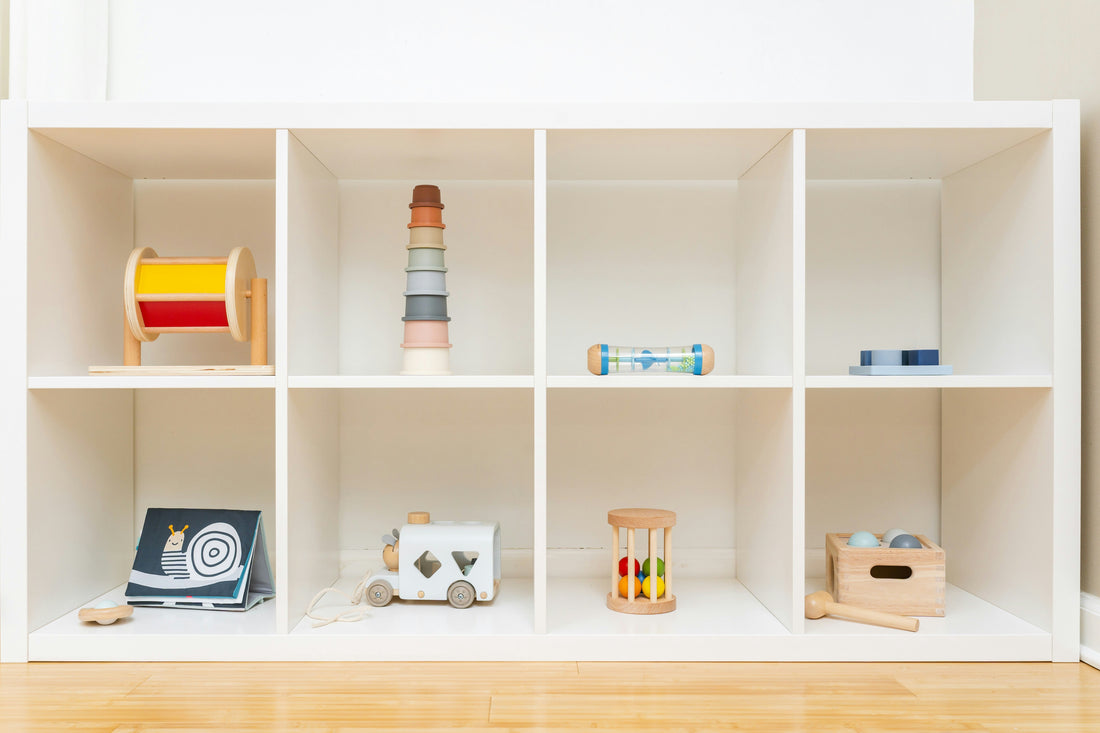
Montessori Key Principles:
Prepared Environment
Share
What is the Prepared Environment?
The prepared environment is a carefully arranged space designed to support a child's independent learning and development. It is a room or space that is tidy, well-organized, and filled with materials that are accessible and inviting for the child to use on their own.
Why is it important?
A prepared environment empowers children to explore their world with a sense of security and purpose. It fosters concentration, builds a sense of order, and teaches respect for the physical space.
By having everything they need within reach, children can follow their natural curiosity and develop independence without constant adult intervention, which builds self-confidence and a love of learning.
How to apply it at home
Create a "Yes" space
Design an area in your home where everything is safe, accessible, and thoughtfully chosen for your child’s stage of development. This way, you won’t need to constantly say “no” or step in to manage their actions. When a child is in a space that’s meant for them, they can explore confidently and independently, on their own terms.
Integrating children into our living spaces isn’t just practical, it’s respectful.
By preparing the environment for them and making sure their things have a clear place, we show our children that they belong and are valued members of the home. And for us as adults, it makes life easier too—we’re no longer the gatekeepers of every toy, snack, or tool. Children learn to take initiative, because they know where things belong and how to care for them.
Rotate toys
Keep just 3 to 6 toys or activities per shelf - the ones your child is currently interested in or working with. This keeps the environment calm, reduces overwhelm, and supports deeper focus.
You can rotate in new items based on your child’s interests or developmental stage. This simple habit keeps things feeling fresh without needing more toys.
Size it right
Use child-sized furniture and tools (like a small broom or a low stool) so your child can engage in practical life tasks independently.
Everything has a home
Use low, open shelves for toys and materials. Label shelves with a picture or a word so your child knows exactly where things belong.


